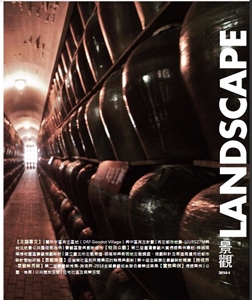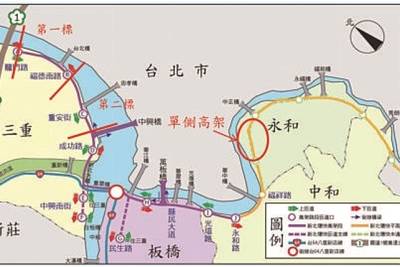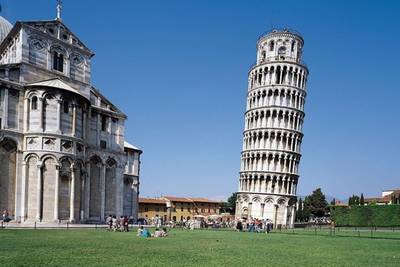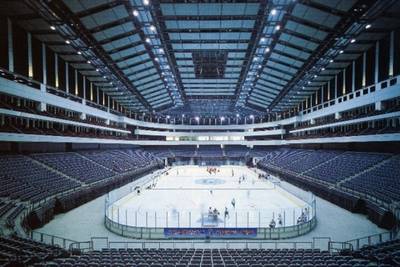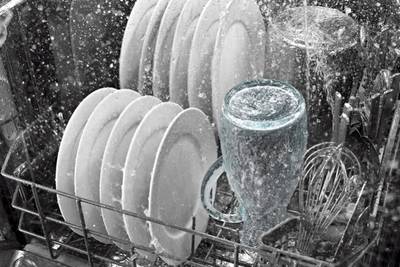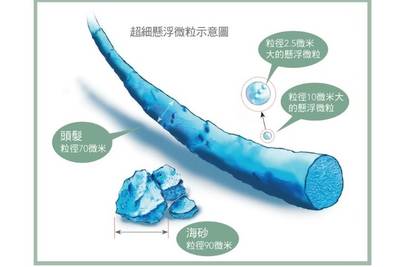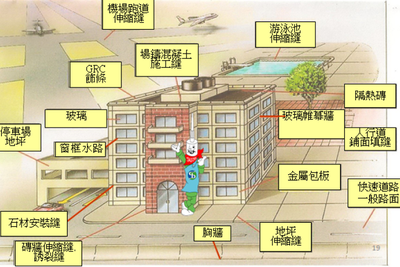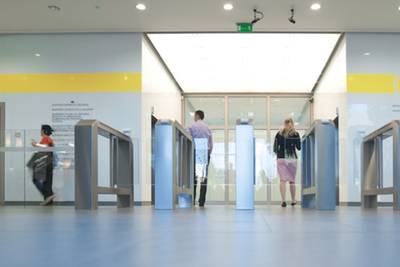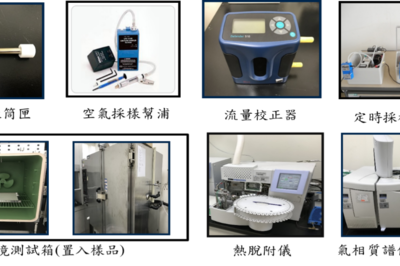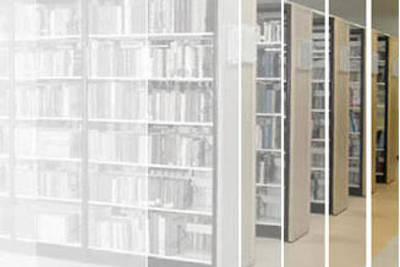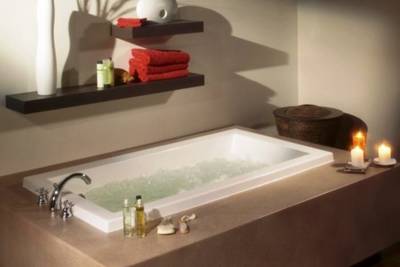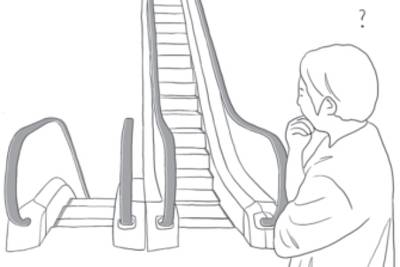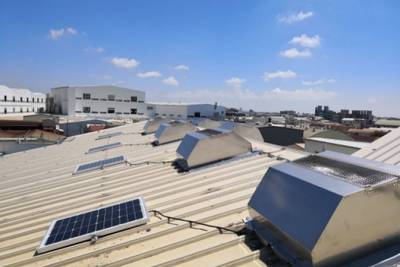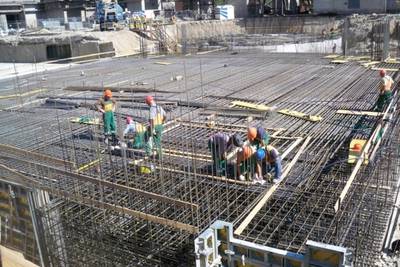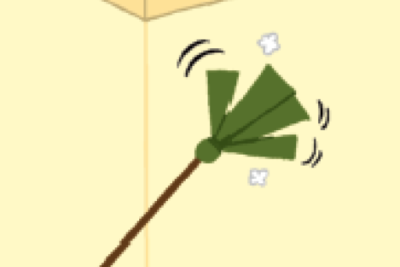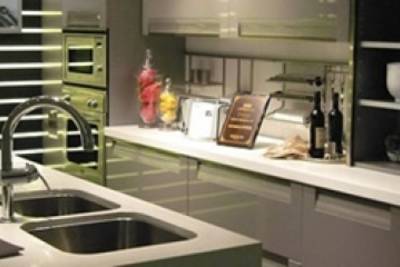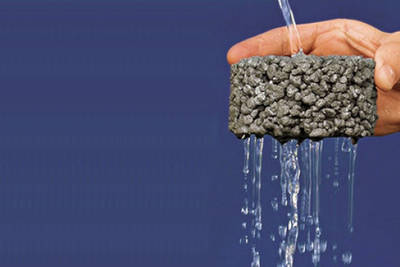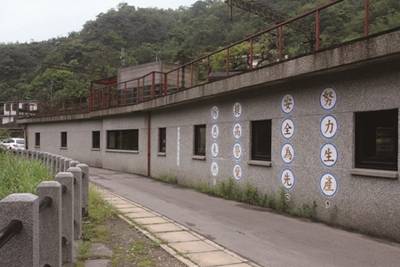 中華民國景觀學會
⋅ 發表於2017-01-23
中華民國景觀學會
⋅ 發表於2017-01-23
─ ─ 行遠國際工程開發股份有限公司 鄧浩 總經理
採訪整理:曾筱茹
照片提供:行遠國際工程開發股份有限公司 (PROGRESSIVE ENVIRONMENTAL INC.)
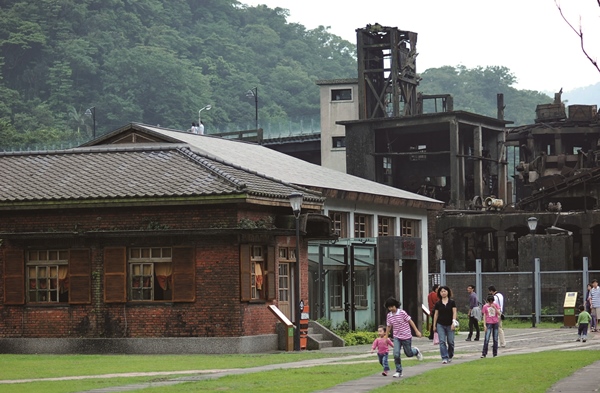
Abstract
The Houtong Coal-mine Ecological Park is located in the Rueifang scenic Park in New Taipei City. It is Taiwan’s only coal-mining industry-themed scenic area, a museum park with a coal mine as the theme and an “ECO MUSEUM” as the core planning concept. With the The Coal Preparation Park as the core museum facility, coupled with three coal mine production areas, the “post-industrial nature” constituted by the natural ecological resources at the valley of Keelung River, settlements, and other satellite museums, different spatial orientations, development mechanisms, and site demonstrations are provided, leading to the creation of the “Houtong Coal-mine Ecological Park”. Instead of disturbing the local area through large-scale operation, the planning and promotion strategy of a “staged and zoned small investment transformation plan” is adopted to lengthen the time and continue interacting with local communities, groups, and residents, thereby awakening recognition and belongingness towards the local industries and cultures. In addition to carrying out the coal-mining industry production system site preservation plan, small-scale preparedness operations for the living space of local people are also undertaken. In consideration of local living and possible future factory operation and development, the environmental education function is strengthened to improve the links between the audience and the park in the future.
Design Key Points
1. The “ECO MUSEUM” is the core planning concept. With the The Coal Preparation Park as the core museum facility, coupled with three coal mine production areas, the “post-industrial nature” constituted by the natural ecological resources at the valley of Keelung River, settlements, and other satellite museums, different spatial orientations, development mechanisms, and site demonstrations are provided..
2. Staged and zoned small-investment transformation.
3. he environmental design of non-nostalgic panoramic recovery.
1900 黑金歲月
猴硐煤礦博物館區位於新北市瑞芳風景特定園區內,是全台唯一依煤礦產業為主題籌設的風景特定園區,區內包含了以產金為主的九份與金瓜石聚落,以及以產媒為主的猴硐聚落。猴硐煤礦博物館區因回溯至 1934 年瑞三礦業公司成立,開啟猴硐地區礦業的扉頁、1970 年代達到顛峰,直至 1990 年收坑停產,猴硐煤礦資源及其附加價值銳減,礦業逐漸成為夕陽工業,最終成為歷史。
台灣瑞三礦業公司停產後,猴硐聚落發展如同全世界的後工業時期產業聚落一般,當支撐聚落主要經濟力消失後,聚落便逐漸走向衰敗與崩解之途。 猴硐人口從全盛時期的 6,000 多居民,銳減不到 200 人。逐步凋零的礦坑園區所宜留下的瑞三礦業公司整煤場的廠房、機具、運煤車鐵軌、廢水處理池等設施與稀落的宿舍空間,反而形成別具特色的產業遺址景觀。
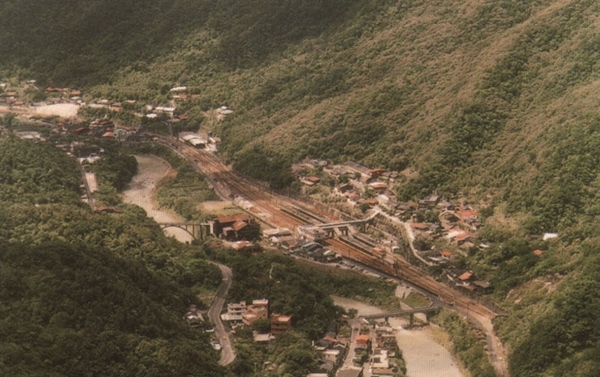
圖 1 位於基隆河畔的猴硐礦業山村聚落
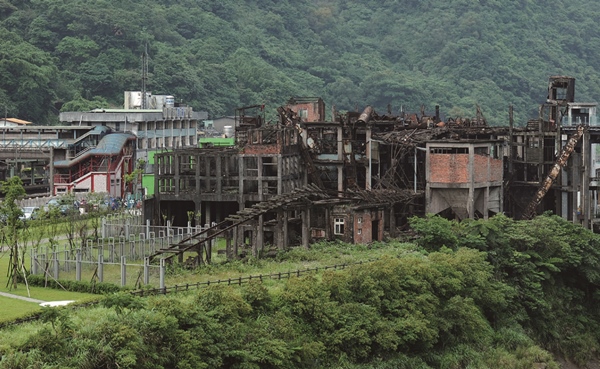
圖 2 已傾圮的選煤廠(1)
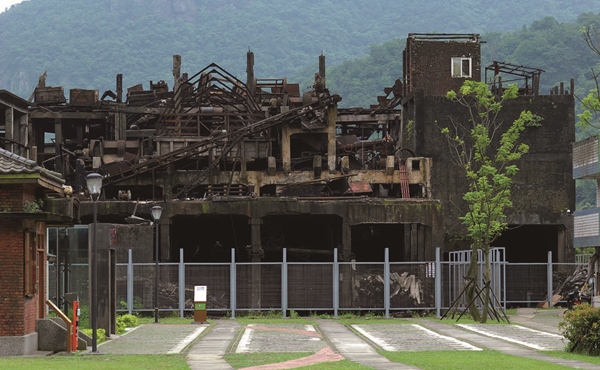
圖 3 已傾圮的選煤廠(2)
環境教育潛力點
「猴硐煤礦博物館」整體計劃回溯到民國 92 年,當時台北縣政府工務局首先提出猴硐地區環境整備計畫,以設計工程案的角度切入此區,優先進行硬體設施的改良維護。但猴硐地區俱備優良歷史產業資源,其具備的歷史文化意涵不小覷,應以整體聚落發展為核心思想,而非著重於老街與火車站等區域硬體改造。相較於金瓜石及九份地區過度商業化,猴硐地區更適合進行環境教育之重要學習場域,舉凡自然資源、歷史產業、生活文化仍然保留長達百年以上的軌跡與脈絡。
從非關祖厝到地方認同
規劃初期透過與人類學背景學者的協助,與當地居民逐一探訪與對話,進而了解廠區歷史,希望以第一人稱的觀點,帶領大眾一覽此區的獨特風貌。 也了解當地居民多數因產業而移入,並不擁有房舍或土地的所有權,而僅僅只是移居於此。當產業沒落,有辦法的人早已離開猴硐,留下來的多數是無力再次移居的弱勢村民,進而衍生出:「猴硐的女兒最幸福,猴硐的媳婦最命苦」的俗諺。
也因為如此,當政府的資源再次以觀光發展之名進入聚落時,我們發覺村民們對於「未來」,是茫然而被動的,因為猴硐畢竟不是他們的故鄉,租來的棲身之所不是村民的「祖厝」,也就是因為這種「非關祖厝」的心態,猴硐村民對於自身生活環境的改善及聚落未來的發展延續,並不積極想像與主張。然而近三、四年來,隨著聚落硬體建設改善後,因導入社區營造的概念, 村民們才逐漸對自身文化產生理解與認同。
由於鄉村地區觀光產業,容易受到地理與交通上的限制,而猴硐在吸引觀 光客來訪時,不應以追求觀光人次的極大化,而是推動全區文化與自然資源的保存為優先任務。自 2003 年至今,先後由皓宇工程顧問股份有限公司 ( 以 下簡稱皓宇 ) 及行遠國際工程開發股份有限公司 ( 以下簡稱行遠 ) 進入此區進行風景區內環猴硐煤礦博物館園區之籌設計畫。
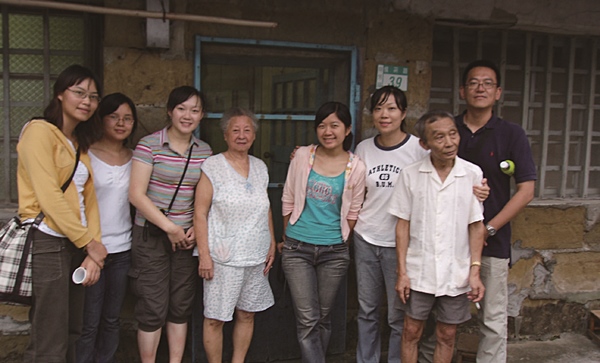
圖 4 拜訪當地耆老居民
以 ECO MUSEUM 取代新建單一博物館舍
不同於傳統以興建大型單一博物館舍計畫走向,考量現階段社區可承接承載的營運模式,才是聚落將面對的契機與挑戰。猴硐地區採取「ECO MUSEUM( 生態博物館 )」為核心概念,以瑞三選煤場為核心博物館設施,結合三個礦坑生產空間、基隆河谷生態地質資源構成的後工業化自然地景 「industrial nature」、聚落等衛星博物館,賦予不同空間定位、發展機制 與現地展示,營造「猴硐煤礦博物園區」。
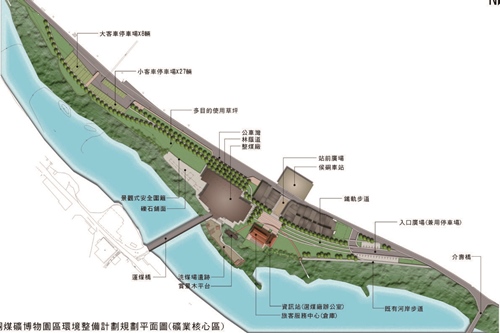
圖 6 礦業核心區平面圖
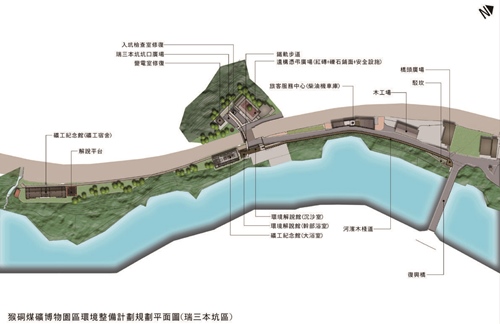
圖 7 瑞三本坑礦業情境復舊區平面圖

圖 8 猴硐煤礦博物館園區規劃發展平面示意圖
原文出處:《Landscape景觀》2016 I
